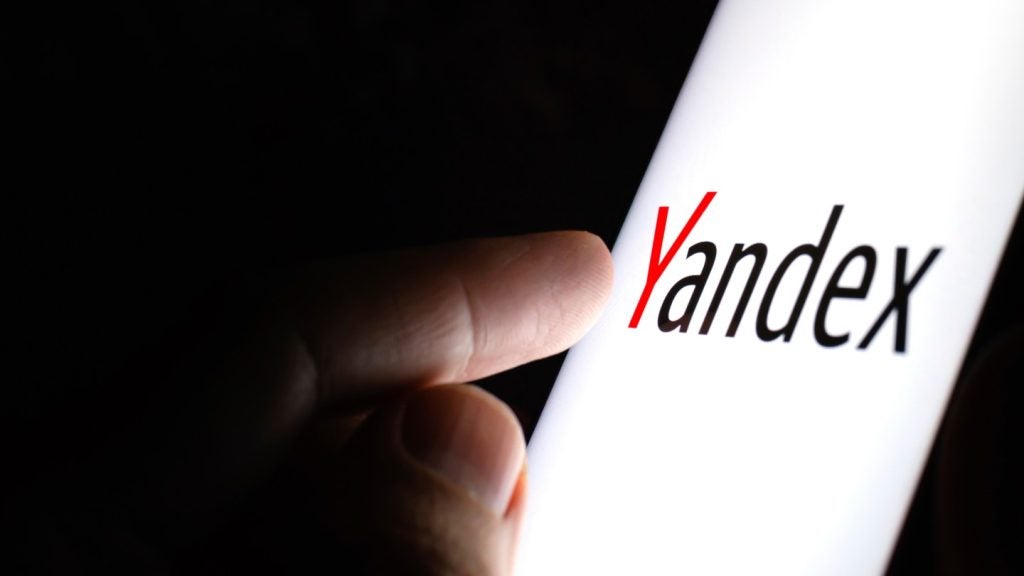Lyft has been granted a patent for a system that detects and notifies users of potential errors during a ride. The system analyzes various signals, such as location, IMU, audio, and wireless signals, to determine if there is a ridership error. Based on this analysis, digital notifications are sent to both the rider and the driver. GlobalData’s report on Lyft gives a 360-degree view of the company including its patenting strategy. Buy the report here.
According to GlobalData’s company profile on Lyft, Autonomous delivery vehicle navigation system was a key innovation area identified from patents. Lyft's grant share as of September 2023 was 54%. Grant share is based on the ratio of number of grants to total number of patents.
Detection and notification of ridership errors in transportation
A recently granted patent (Publication Number: US11761770B2) describes a system and method for identifying and analyzing transportation matches between requestor devices and provider devices. The system utilizes local wireless signals, IMU signals, audio signals, and location signals to determine a ridership error score and provide digital notifications based on the score.
The system includes at least one processor and a computer-readable storage medium storing instructions. These instructions, when executed by the processor, enable the system to identify transportation matches between requestor and provider devices. For the first ride stage, the system determines distances between the devices based on local wireless signals transmitted between them. IMU signals indicating motion are received for the second ride stage. The system then analyzes the distances and IMU signals to calculate a ridership error score, applying different weights to each stage. Based on this score, digital notifications are provided to either the requestor or provider device.
The local wireless signals in the system comprise wireless beacons transmitted from the provider device and detected by the requestor device. The system analyzes these signals by comparing the distances to a threshold ridership error distance threshold, which helps determine the ridership error score.
The system also includes instructions to determine if a ridership error exists by comparing the ridership error score to a threshold. If no error is detected, a digital notification indicating the absence of an error is provided.
Additionally, the system analyzes IMU signals by comparing them from both the requestor and provider devices. If the IMU signals satisfy a similarity threshold, it is determined that no ridership error exists.
The system further identifies audio signals from the requestor and provider devices and determines the ridership error score by analyzing voice tone characteristics, identifying key terms related to the transportation match, comparing audio signals for similarity, or comparing the audio signals with pre-determined voice signatures to determine the speaker's identity.
Furthermore, the system identifies location signals during vehicle movement stages and compares them to historical location signals associated with the provider device's driving patterns to calculate the ridership error score.
In summary, the granted patent describes a system and method that utilize various signals and data to identify transportation matches, analyze ridership error scores, and provide digital notifications based on the analysis. The system aims to improve the accuracy and reliability of transportation services.
To know more about GlobalData’s detailed insights on Lyft, buy the report here.
Data Insights
From

The gold standard of business intelligence.
Blending expert knowledge with cutting-edge technology, GlobalData’s unrivalled proprietary data will enable you to decode what’s happening in your market. You can make better informed decisions and gain a future-proof advantage over your competitors.







